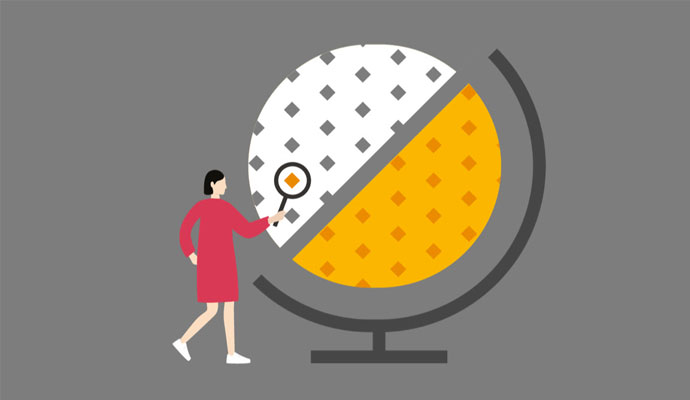Weighing the Performance of Private Equity Firms
The companies PE firms acquire aren’t any more likely to go under than other debt-heavy businesses, once some variables are factored in.
Title: Private Equity and the Resolution of Financial Distress
Authors: Per Strömberg (Stockholm School of Economics), Edith S. Hotchkiss (Boston College), and David C. Smith (University of Virginia)
Publisher: American Finance Association, Annual Meeting
Date Published: January 2012
The traditionally secretive private equity industry has come under increasing scrutiny in recent months. First, the tenure of U.S. Republican presidential candidate Mitt Romney at the private equity firm Bain Capital became a campaign issue. Then, in an unrelated development, news came that the U.S. Securities and Exchange Commission had launched a large-scale “informal inquiry” into the industry and how its firms value the companies they’re buying.
The industry has long provoked controversy. When private equity (PE) firms buy controlling shares in a company, they typically finance most of the purchase through borrowing. Industry champions say the goal is to streamline operations and increase the value of the business beyond its level of debt, and investors reap the profit when the business is resold. In the process, they say, PE firms bring efficiencies to many imperiled companies that save or even add jobs. But critics have accused PE firms of “vulture capitalism,” or siphoning off what value they can while piling debt onto distressed companies, often forcing them into massive layoffs, bankruptcy, or liquidation.
The authors of this paper sought to determine which viewpoint was more accurate. First, they questioned whether PE-backed companies were more likely to declare bankruptcy than comparable firms carrying heavy levels of debt not related to a leveraged buyout (LBO). Second, in cases of bankruptcy, they asked how the restructuring and revival process compared between the two types of companies. Overall, the authors determined that PE firms are getting something of a bad rap.
Combining several databases, the researchers analyzed 2,156 companies that were considered high credit risks — they typically paid higher interest rates for their loans than their peers — from January 1997 through April 2010. They tracked when PE firms entered and exited as owners of the companies, and documented when companies in the sample defaulted on their loans.
About half of the companies in the sample were acquired at some point during the period under study through an LBO organized by a PE firm. The analysis confirmed that companies owned by PE firms were in fact more likely to default than other companies in the sample: The average annual default rates were 5.1 percent and 3.4 percent, respectively.
But, the authors point out, this difference was driven largely by the fact that PE-backed companies, as a group, tended to have more preexisting debt and lower credit ratings at the time of their LBO than did companies in the comparison group. When the authors controlled for variations in firm characteristics and credit ratings at the point the buyout loan was granted, they could find no difference in default probability between the two groups.
“Moreover, we find no evidence that recapitalizations used to pay dividends or develop acquisition programs affect default probabilities,” the authors write. “Thus, on balance, PE-backed firms are no more (or less) likely to default than other firms with similar financial characteristics.”
But the authors wanted to look deeper at what happens when companies do go bankrupt. Although some defaults can be fatal, often a firm can emerge stronger after a default followed by a restructuring.
The researchers found that PE-backed companies were more likely to remain independent after default than to be sold to another company or liquidated.
Additionally, according to the authors, reorganizations in the PE group were resolved faster, with such companies completing the bankruptcy and restructuring process about four months sooner than firms in the control group, which on average took 12 months to emerge. This can be partly explained by the fact that PE-backed companies were more likely to settle out of court through “pre-packaged” arrangements than to go through a traditional bankruptcy process.
Critically, firms in the PE group were also more likely to remain independent after the financial distress was resolved — 11 percent of PE-backed firms were sold off, whereas 16 percent of non-PE cases ended in liquidation. The authors attribute the PE group’s superior survival rate to PE investors’ professionalism, deep pockets, and access to outside capital, as well as the need to maintain their reputation in the industry.
Moreover, the authors add, the findings suggest that the discipline that PE firms bring to bear in running highly leveraged firms could lead to higher operating efficiency and actually decrease the odds of financial distress. And when company values do decline, PE owners have strong incentives to act fast and correct each minor blip, preserving their equity stake by committing capital to support (and perhaps help save) the distressed company.
Bottom Line:
Everything else being equal, PE-owned firms default at the same rate as highly leveraged companies not backed by private equity. When defaults occur, PE-owned firms are likely to emerge from the bankruptcy and reorganization process faster than non-PE-owned companies and are also more likely to remain independent.


